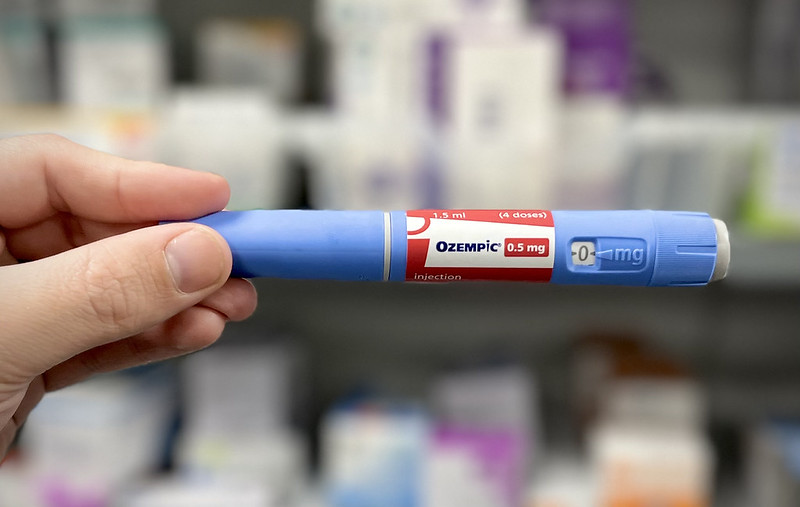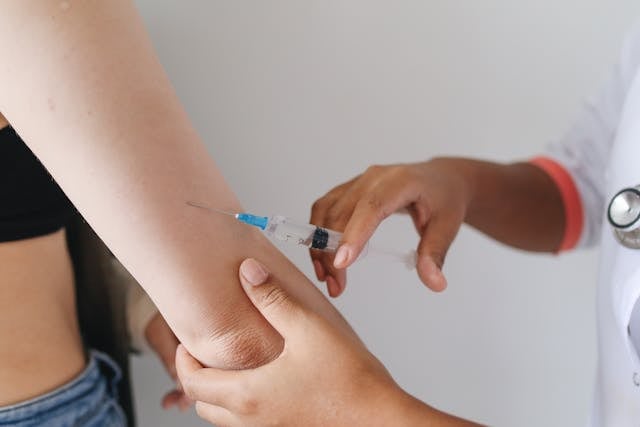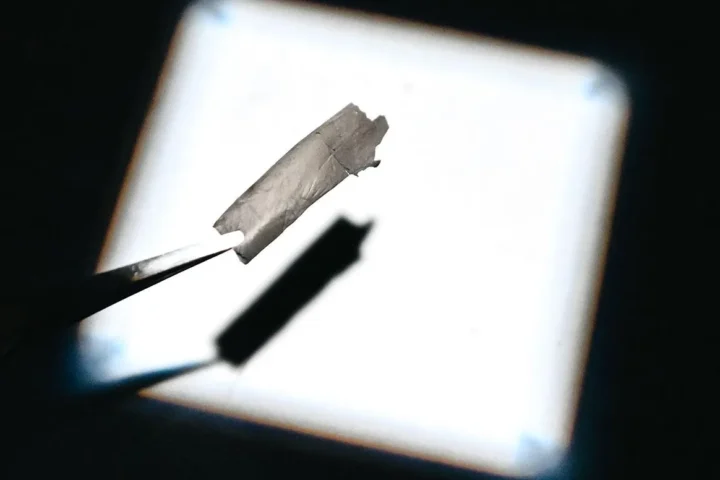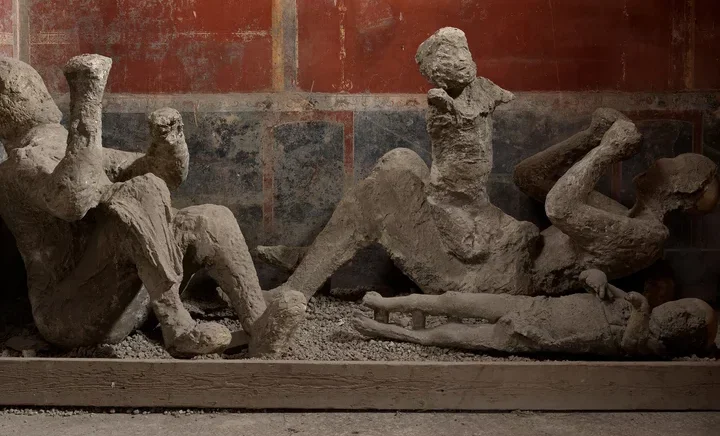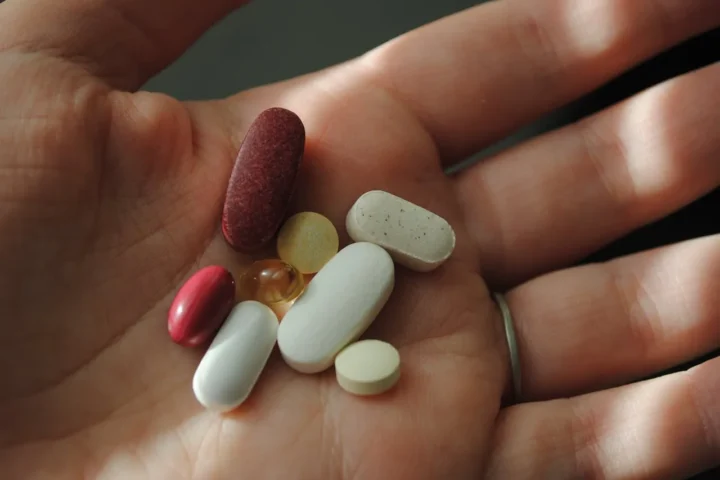New research finds mice on semaglutide lost about 10% lean mass, but most came from liver shrinkage—not muscles. Some muscles still weakened even when size stayed stable.
The Cell Metabolism study by University of Utah researchers measured both body composition and muscle function in mice given semaglutide, the active ingredient in Ozempic and Wegovy.
Lean mass includes non-fat tissues such as organs and skeletal muscle. The liver shrank by nearly half while skeletal muscles showed more modest reductions of about 6% on average.
This matters because most routine body composition scans report total lean mass and do not directly separate organ mass from skeletal muscle; DEXA can estimate appendicular lean mass as a proxy for muscle.
When scientists directly tested muscle strength, they found something unexpected: some muscles produced less force after treatment even when their size remained largely unchanged.
Even when muscle size didn’t change much, some muscles became weaker, the team reported. “The loss of physical function is a strong predictor of not just quality of life but longevity,” said Katsu Funai, the study’s senior author.
For people using GLP-1 drugs, these findings suggest monitoring strength alongside weight. Clinical trials are testing strategies to preserve muscle during pharmacological weight loss, including the BELIEVE Phase 2b trial evaluating bimagrumab combined with semaglutide.
The researchers emphasize these findings come from mice and require human validation. Key questions include whether similar organ-size changes occur in people, whether organ shrinkage affects function, and whether muscle strength decreases in actual patients.
The study used diet-induced obesity in mice, and dosing regimens may not directly translate to human treatment protocols.
For GLP-1 drug users, evidence from intervention trials supports:
- Resistance training helps preserve muscle during weight loss
- Adequate protein intake (approximately 1.2-1.6 g/kg/day) maintains muscle mass
- Functional testing (grip strength, walking speed) may detect changes that body scans miss
Sources: Cell Metabolism paper and supplemental materials; University of Utah press release; ClinicalTrials.gov entries on muscle-preservation strategies including the BELIEVE Phase 2b trial.
